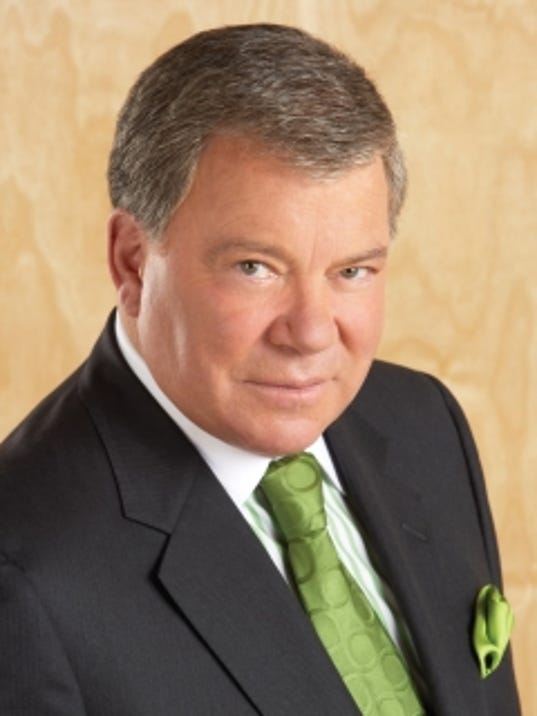GRACE was the Gravity Recovery and Climate Experiment. It consisted of two satellites in orbit around Earth. Launched in March of 2002, the GRACE mission accurately mapped variations in Earth’s gravity field. Designed for a nominal mission lifetime of five years, GRACE operated in an extended mission phase through October, 2017.
The Follow-On (GRACE-FO) mission is a collaboration between NASA and the German Research Centre for Geosciences (GFZ), will continue the work of monitoring changes in the world’s water cycle and surface mass, which was so well performed by the original GRACE mission.
Getting there
The two GRACE-FO satellites were launched on 22 May from Vandenburg AFB in CA. The two were part of a payload on a Space-X Falcon 9 rocket that also included two Irridium Satellite Telephone spacecraft. They are currently in position relative to each other and are in system checkout.
The Falcon 9 was a bus delivering its payload. On liftoff, the first-stage engines burned for approximately 2 minutes and 45 seconds before shutting down at main engine cutoff (MECO). The Falcon 9’s first and second stages separated seconds later, at which point the second-stage engine ignited for the first burn (SES1) until the vehicle reached the altitude of the GRACE injection orbit, 305 miles (490 kilometers). During this burn , the payload fairing — the launch vehicle’s nose cone – separated into two halves like a clamshell and fell away.
When the rocket’s second stage completed its ascent to the injection orbit altitude, it pitched (its nose down 30 degrees and rolled so that one of the twin GRACE-FO satellites faced down toward Earth and the other faced up toward space. Then the second stage engine cut off (SECO).
So about 10 minutes after liftoff, a separation system on the second stage deployed the GRACE-FO satellites. Separation occured over the Pacific Ocean exactly as planned at about 17.5 degrees North latitude, 122.6 degrees West longitude. After the GRACE-FO satellites deployed, the Falcon 9 second stage coasedt for half an orbit to allow for some separation, then reignited its engine (SES2) to take the Iridium NEXT satellites to a higher orbit for deployment.
Unlike other Earth-observing satellites, which carry instruments that observe some part of the electromagnetic spectrum, the two GRACE-FO satellites themselves are the instrument. The prime instrument measures the tiny changes in the distance between the pair, which arise from the slightly varying gravitational forces of the changing mass below. Researchers produce monthly maps of water and mass change by combining this information with GPS measurements of exactly where the satellites are and accelerometer measurements of other forces acting upon the spacecraft, such as atmospheric drag.
How they work
GRACE-FO’s raw data will be a series of measurements showing how far apart two satellites are from each other. The twin satellites follow each other in orbit around the Earth, separated by about 137 miles (220 km). They will constantly send microwave signals to each other to measure the distance between them.
As the pair circles the Earth, areas of slightly stronger gravity (greater mass concentration) affect the lead satellite first, pulling it away from the trailiing satellite. As the satellites continue, the trailing satellite is pulled toward the lead satellite as it passes over the gravity anomaly. The change in distance would certainly be imperceptible to our eyes, but the extremely precise microwave ranging system on GRACE-FO is designed to detect minuscule changes in the distance between the satellites. A highly accurate accelerometer, located at each satellite’s center of mass, measures the non-gravitational accelerations (such as those due to atmospheric drag) so that only accelerations cased by gravity are considered. Satellite Global Positioning System (GPS) receivers determine the exact position of the satellite over the Earth to within a centimeter or less. All this information from the satellites will be used to construct monthly maps of the Earth’s average gravity field, offering details of how mass, in most cases water, is moving around the planet.
What they do for us
GRACE-FO tracks liquid and frozen water by measuring month-to-month changes in Earth’s gravitational pull very precisely. More than 99 percent of our planet’s gravitational pull doesn’t change from one month to the next, because it represents the mass of the solid Earth itself. But a tiny fraction of Earth’s mass is constantly on the move, and it is mostly water: Rain is falling, dew is evaporating, ocean currents are flowing, ice is melting and so on. GRACE-FO’s maps of regional variations in gravity will show us where that small fraction of overall planetary mass is moving every month.
5 Things We Didn’t Know Before GRACE
GRACE observations have been used in more than 4,300 research papers to date — a very high number for a single Earth science mission. Here’s a list of five important findings from those 4,300-plus papers.
- Melting ice sheets and dwindling aquifers are contributing to Earth’s rotational wobbles.
- A few years of heavy precipitation can cause so much water to be stored on land that global sea level rise slows or even stops briefly.
- A third of the world’s underground aquifers are being drained faster than they can be replenished.
- In the Amazon, small fires below the tree canopy may destroy more of the forest than deforestation does — implying that climatic conditions such as drought may be a greater threat to the rainforest than deforestation is.
- Australia seesaws up and down by two or three millimeters each year because of changes to Earth’s center of mass that are caused by the movement of water.
Watch the GRACE-FO website to learn what the new mission is adding to this list. You can find it at https://gracefo.jpl.nasa.gov/.


